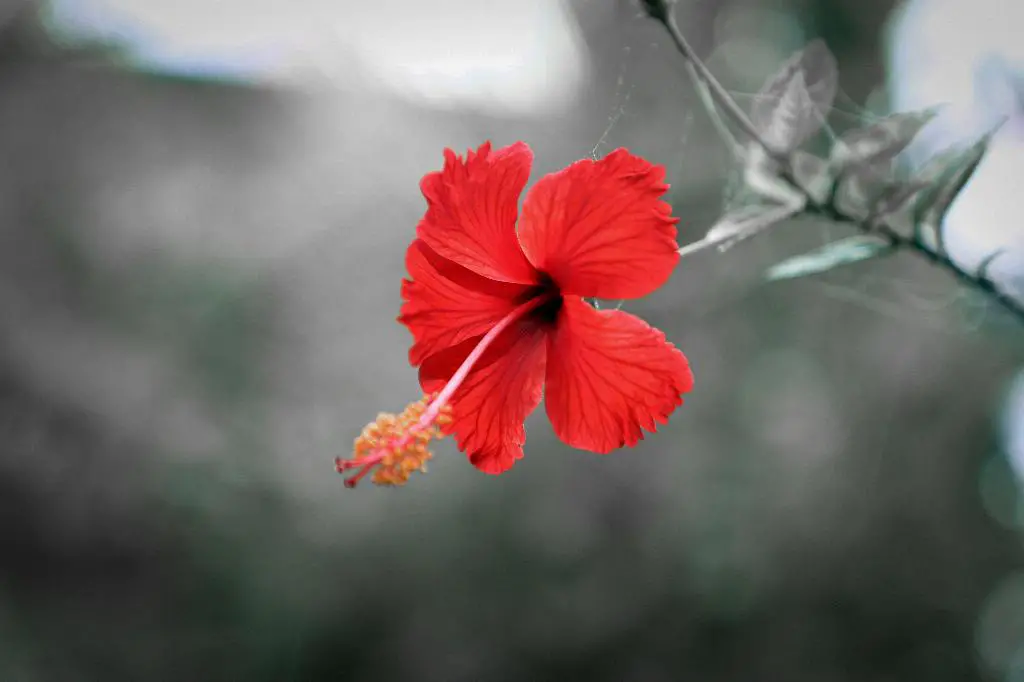Pruning hibiscus plants is a crucial aspect of hibiscus care that aids in promoting healthy growth, encouraging blooming, and maintaining the overall aesthetic appeal of the plant. Proper pruning helps control the size of the hibiscus, removes dead or diseased branches, and stimulates new growth. In this article, we will explore the best practices for pruning hibiscus plants, focusing specifically on the optimal time for cutting back hibiscus to ensure optimal plant health and vitality.
Importance of Pruning Hibiscus Plants
Pruning hibiscus plants is essential for maintaining their health and vitality. By removing dead or diseased branches, you can prevent the spread of diseases and ensure that the plant allocates its energy towards producing healthy new growth. Additionally, pruning promotes air circulation within the plant, reducing the risk of fungal infections and pest infestations. Proper pruning also helps shape the hibiscus plant, maintaining its overall appearance and preventing it from becoming overgrown or leggy.
Factors to Consider Before Pruning Hibiscus
Before pruning your hibiscus plant, it is essential to consider several factors to ensure that you do not harm the plant inadvertently. Factors such as the hibiscus variety, the age of the plant, the current growth stage, and the climate in which the plant is growing can all impact the pruning process. Understanding these factors will help you determine the best approach to pruning your hibiscus plant effectively.
Best Time to Cut Back Hibiscus
The best time to cut back hibiscus is when the plant is in active growth, typically during the warmer months of the year. In regions with distinct seasons, late spring to early summer is an ideal time for pruning hibiscus plants. Avoid pruning hibiscus in the fall or winter, as the plant is likely dormant during this time, and pruning could interfere with its natural growth cycle. Pruning during the active growth period allows the plant to recover quickly and encourages new growth.
How to Prune Hibiscus Properly
When pruning hibiscus plants, it is essential to use sharp and clean tools to make precise cuts without causing unnecessary damage to the plant. Begin by removing any dead, diseased, or damaged branches, cutting them back to healthy tissue. Next, prune any leggy or overgrown branches to maintain the desired shape and size of the plant. Avoid cutting back more than one-third of the plant at a time, as this can stress the hibiscus and inhibit its growth. Regularly inspect the plant for new growth and continue to prune as needed to maintain its health and appearance.
Common Mistakes to Avoid When Pruning Hibiscus
One common mistake to avoid when pruning hibiscus is cutting back the plant too aggressively, as this can weaken the plant and inhibit its ability to produce flowers. Additionally, using dull or dirty tools can lead to uneven cuts and increase the risk of infections. Overpruning, particularly during the dormant season, can also harm the plant by removing essential growth nodes. By following proper pruning techniques and avoiding these common mistakes, you can ensure that your hibiscus plant remains healthy and vibrant.
Signs That Indicate Hibiscus Needs Pruning
Several signs indicate that your hibiscus plant may need pruning, such as overgrown or leggy branches, a lack of flowering, or the presence of dead or diseased branches. If you notice these signs, it is essential to inspect the plant carefully and determine the best course of action for pruning. Regular monitoring of your hibiscus plant will help you identify when pruning is necessary and maintain its overall health and vigor.

Conclusion and Final Tips for Hibiscus Care
In conclusion, knowing when to cut back hibiscus is crucial for maintaining the health and vitality of your hibiscus plant. By following the best practices for pruning hibiscus plants, you can ensure that your plant remains healthy, blooming, and aesthetically pleasing year-round. Remember to consider all factors before pruning, choose the right time for cutting back hibiscus, and use proper techniques to promote optimal plant growth. With regular pruning and care, your hibiscus plant will thrive and bring joy to your garden for years to come.
